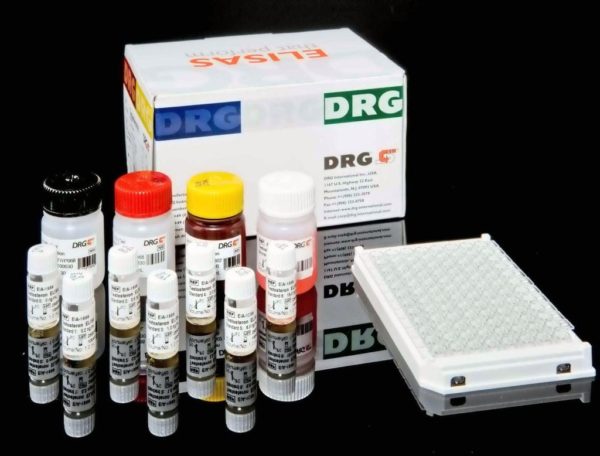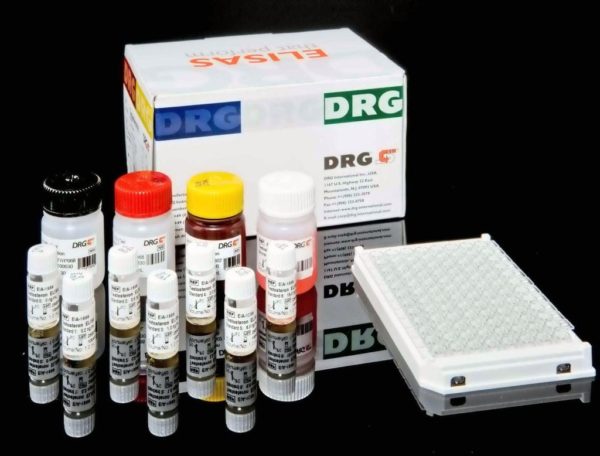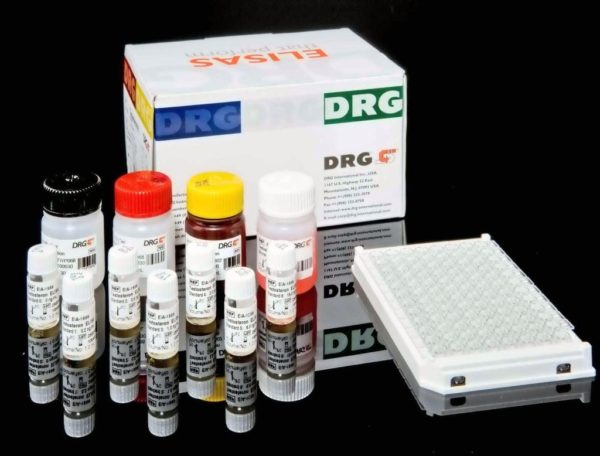Description
The QuickScreen One Step Metamphetamine Test is a rapid, qualitative immunoassay for the detection of (+)- Metamphetamine in urine. The cutoff concentration for this test is 500 ng/ml, as recommended by the U.S. Department of Defense and adopted by U.S. Laboratory Certification Program. This corresponds to the Substance Abuse and Mental Health Services Administration (SAMHSA) recommendation for the confirmation test cutoff for GC/MS [8]. This test provides only a preliminary test result. A more specific alternate testing method must be used in order to obtain a confirmed analytical result. Gas chromatography/mass spectrography (GC/MS) is the preferred confirmatory method. Other chemical confirmation methods are available. Clinical consideration and professional judgement should be applied to any drug-of-abuse test results, certainly when preliminary positive results are observed.
(+)-Methamphetamine and its metabolites are central nervous system stimulants whose pharmacological properties include alertness, wakefulness, increased energy, reduced hunger and an overall feeling of well being. Large doses and extended usage can result in higher tolerance levels and physiological dependency. Urine based screening tests for drugs of abuse range from complex analytical procedures to simple immunoassay tests. The sensitivity and rapidity of immunoassays have made them the most accepted method of preliminary screening for drugs of abuse in urine. This allows the laboratory to eliminate the large number of negative specimens and focus on the smaller number of initially positive specimens.
QuickScreen_ One Step Methamphetamine Test is a competitive immunoassay that is used to screen for the presence of (+)-Metamphetamine in urine. It is a chromatographic absorbent device in which drug or drug metabolites in a sample compete with drug/protein conjugate immobilized on a porous membrane for a limited number of antibody/dye conjugate binding sites. The test device employs a unique combination of monoclonal and polyclonal antibodies to selectively identify (+)-Methamphetamine in urine with a high degree of confidence. In the procedure, urine is added to the test device in the Sample Well with the aid of a plastic transfer pipette. The urine is absorbed into the device by capillary action, mixes with the antibody/dye conjugate, and flows across the pre-coated membrane. When Metamphetamine levels are below 500 ng/ml (the detection sensitivity of the test), antibody / dye conjugate binds to the drug/protein conjugate immobilized in the Test Region (T) of the device. This produces a colored Test Band that, regardless of its intensity, indicates a negative result. When sample Methamphetamine levels are at or above 500 ng/ml, free drug in the sample binds to the antibody/dye conjugate, preventing the antibody / dye conjugate from binding to the drug / protein conjugate immobilized in the Test Region. This prevents the development of a distinct colored Test Band, indicating a
potentially positive sample. In either case, a colored Control Band is produced in the Control Region (C) by a non-specific antibody-dye/conjugate reaction. This band serves as a built-in quality control device that demonstrates antibody recognition and reactivity as well as confirmation that the test is complete.




